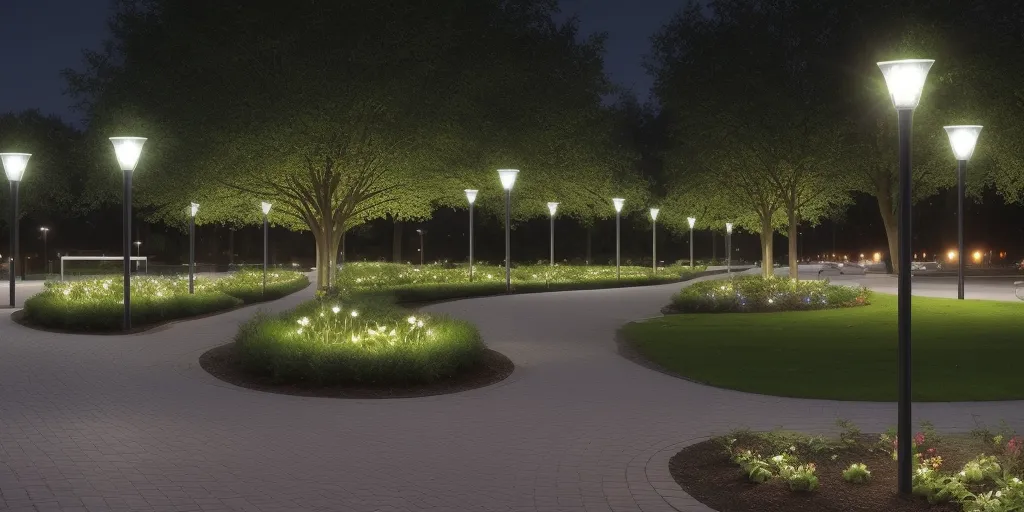Choosing the Right Location for My Solar Lights

Choosing the right location for your solar lights is crucial to ensuring they perform effectively and last for years. Solar lights rely on sunlight to charge their batteries, so proper placement can make a significant difference in their efficiency and longevity. In this guide, we will explore key factors to consider when selecting the best location for your solar lights, including considerations for both residential and commercial-grade solar lights.
Maximizing Sunlight Exposure
The most important factor when choosing a location for solar lights is maximizing sunlight exposure. Solar panels need direct sunlight to charge the batteries efficiently. Therefore, it’s essential to place the lights in areas that receive ample sunlight throughout the day.
For optimal performance in the Southern Hemisphere, such as in Australia, aim to position the solar panels facing north to capture the most sunlight. Avoid placing lights in shaded areas, such as under trees, eaves, or structures that block sunlight for significant parts of the day. If shading is unavoidable, consider using solar lights with adjustable panels that can be tilted or rotated to capture as much sunlight as possible.
Understanding the Lighting Purpose
Before installing your solar lights, consider the purpose they will serve. Are they meant to provide pathway illumination, enhance security, highlight landscape features, or create ambiance? The intended use will influence the placement of the lights.
- Pathway Lighting: For lighting walkways or driveways, place the lights along the edges to create a well-lit path. Space them evenly for consistent illumination without creating dark spots.
- Security Lighting: Position solar security lights near entrances, driveways, and other vulnerable areas to maximize their effectiveness. Ensure the motion sensors cover the areas you want to secure.
- Landscape Lighting: For highlighting gardens, trees, or architectural features, place the solar spotlights in a way that directs the light precisely where you want it. Consider the angle and distance to achieve the desired effect.
- Ambient Lighting: For decorative or ambient lighting, such as string lights or lanterns, choose locations that enhance the aesthetic appeal of your outdoor space, like patios, decks, or pergolas.
Considering Weather Conditions
The weather conditions in your area should also influence the placement of your solar lights. If you live in an area prone to heavy rain, snow, or high winds, consider how these conditions might affect the performance and durability of your lights.
Placing lights in sheltered areas can protect them from harsh weather, but it’s also important to ensure that the solar panels still receive adequate sunlight. For example, in coastal areas where salt spray and high winds are common, consider placing lights in locations where they are sheltered from the elements but still have clear access to the sun.
Evaluating the Terrain
The terrain and layout of your outdoor space can also impact the placement of your solar lights. For example, lights placed on sloped or uneven ground may need to be positioned differently to ensure they receive even sunlight throughout the day. Similarly, lights placed near reflective surfaces like water or light-colored walls can benefit from additional sunlight reflected onto the panels.
Consider the height at which the lights are mounted as well. Higher placement can help avoid shadows and obstacles that might block sunlight, while lower placement might be more effective for pathway or garden lighting.
Testing and Adjusting
Once you have installed your solar lights, it’s a good idea to monitor their performance over a few days and make adjustments as needed. Check how long the lights stay on at night and whether they provide adequate illumination. If the lights are not performing as expected, try adjusting their angle, moving them to a sunnier location, or trimming back any nearby vegetation that might be casting shadows.
Testing and adjusting your solar lights will help ensure they are positioned in the best possible location to maximize their efficiency and longevity.